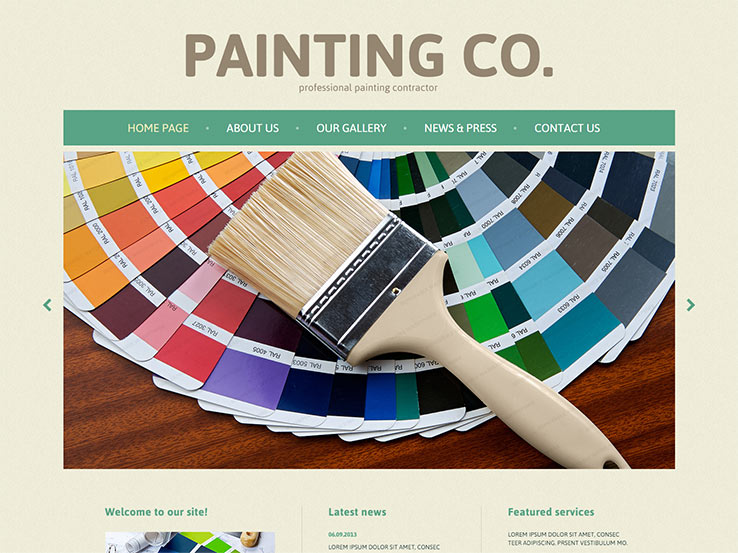Key Seasonal Considerations For Commercial Exterior Paint: What You Need To Be Informed Regarding
Key Seasonal Considerations For Commercial Exterior Paint: What You Need To Be Informed Regarding
Blog Article
Short Article Composed By-Ford Chaney
When you're preparing a commercial outside paint project, seasonal elements can make or break your outcomes. You'll wish to consider just how temperature and moisture influence paint application and drying times. Choosing exterior residential painting can ensure your paint sticks correctly and lasts much longer. Yet which periods are absolutely the most effective for this sort of job? Allow's discover the key elements that can influence your project's success.
The Impact of Temperature Level on Paint Application
When you're planning an industrial outside painting job, the temperature level can significantly affect exactly how well the paint adheres and dries out.
Preferably, you intend to paint when temperatures range between 50 ° F and 85 ° F. If it's also chilly, the paint might not cure properly, resulting in problems like peeling off or breaking.
On the other hand, if it's too warm, the paint can dry too promptly, stopping proper adhesion and resulting in an uneven surface.
You ought to likewise think about the time of day; early morning or late afternoon provides cooler temperature levels, which can be much more favorable.
Constantly inspect the maker's suggestions for the specific paint you're using, as they frequently provide support on the suitable temperature level variety for optimum outcomes.
Moisture and Its Effect on Drying Times
Temperature isn't the only environmental variable that affects your business outside painting project; humidity plays a substantial function too. High humidity degrees can reduce drying out times dramatically, impacting the total high quality of your paint job.
When the air is filled with dampness, the paint takes longer to heal, which can lead to issues like poor adhesion and a greater danger of mildew development. If you're painting on an especially damp day, be prepared for prolonged delay times in between coats.
It's vital to monitor neighborhood climate condition and strategy appropriately. Ideally, go for humidity degrees in between 40% and 70% for optimum drying.
Maintaining these factors in mind ensures your task remains on track and supplies a long lasting surface.
Best Seasons for Commercial Exterior Paint Projects
What's the most effective time of year for your industrial external paint projects?
Spring and very early fall are normally your best options. During https://www.bobvila.com/articles/7-new-paint-types/ , temperature levels are moderate, and moisture levels are usually reduced, developing excellent conditions for paint application and drying out.
Prevent summertime's intense heat, which can cause paint to dry as well quickly, leading to bad adhesion and coating. In a similar way, winter months's cold temperatures can impede correct drying and healing, risking the long life of your paint task.
Go for days with temperatures in between 50 ° F and 85 ° F for optimum outcomes. Remember to check the neighborhood weather forecast for rain, as damp conditions can ruin your task.
Planning around these variables ensures your paint task runs smoothly and lasts much longer.
Final thought
Finally, preparing your business exterior painting tasks around seasonal factors to consider can make a substantial difference in the outcome. By scheduling job during the ideal temperature levels and moisture levels, you'll make sure much better adhesion and drying out times. Keep in mind to keep an eye on regional weather report and select the correct time of year-- spring and very early fall are your best bets. Taking these steps will certainly help you attain a sturdy and expert coating that lasts.
